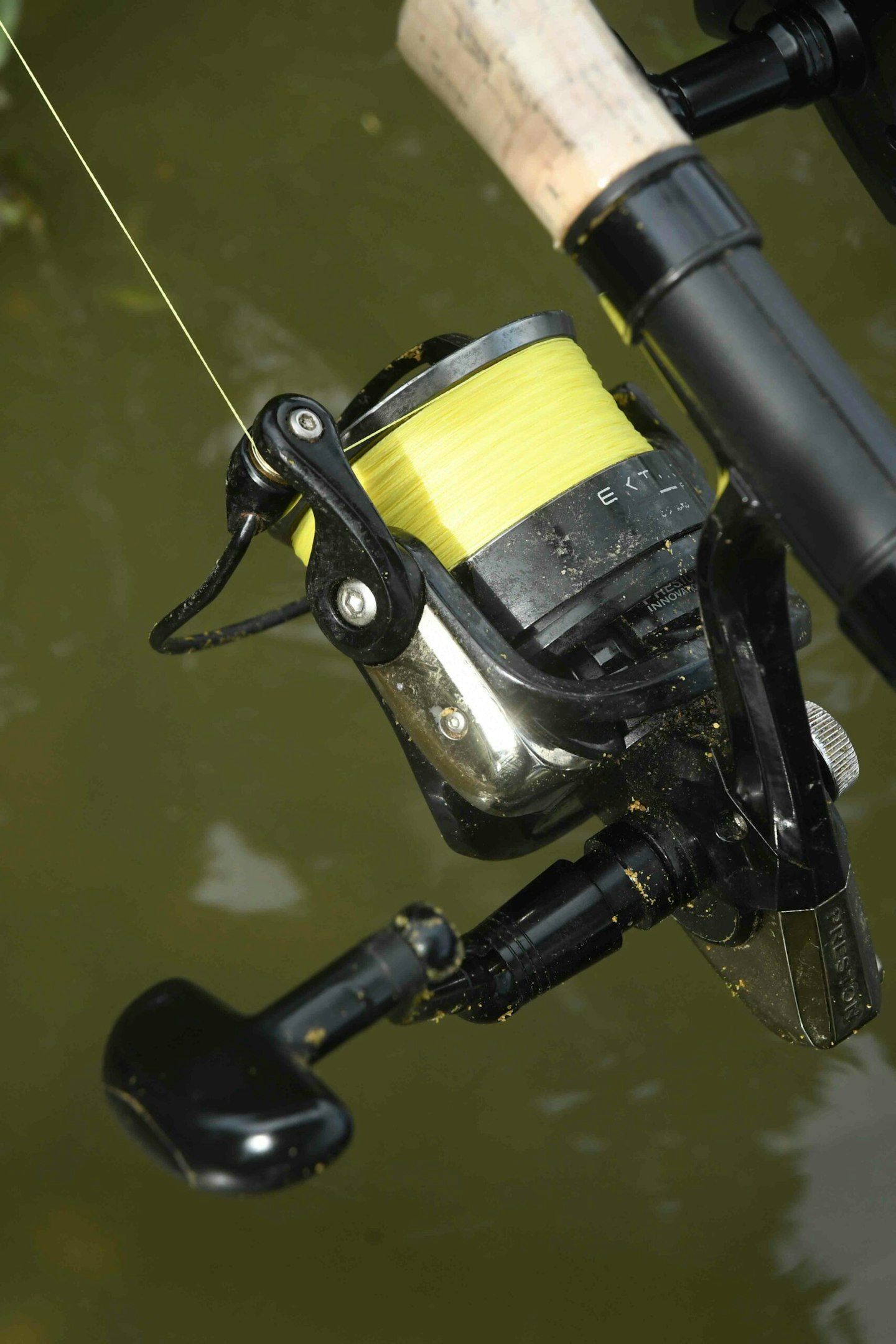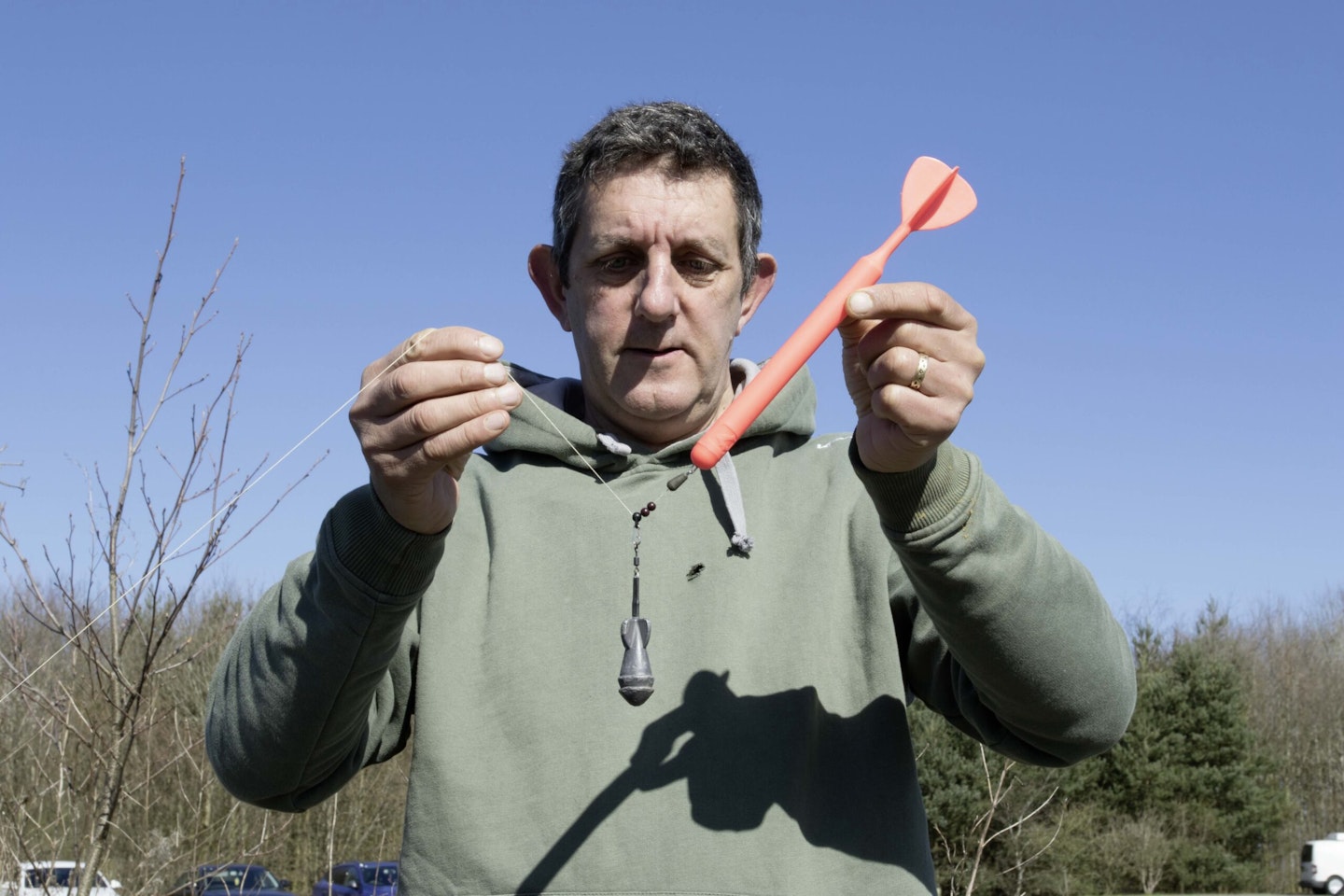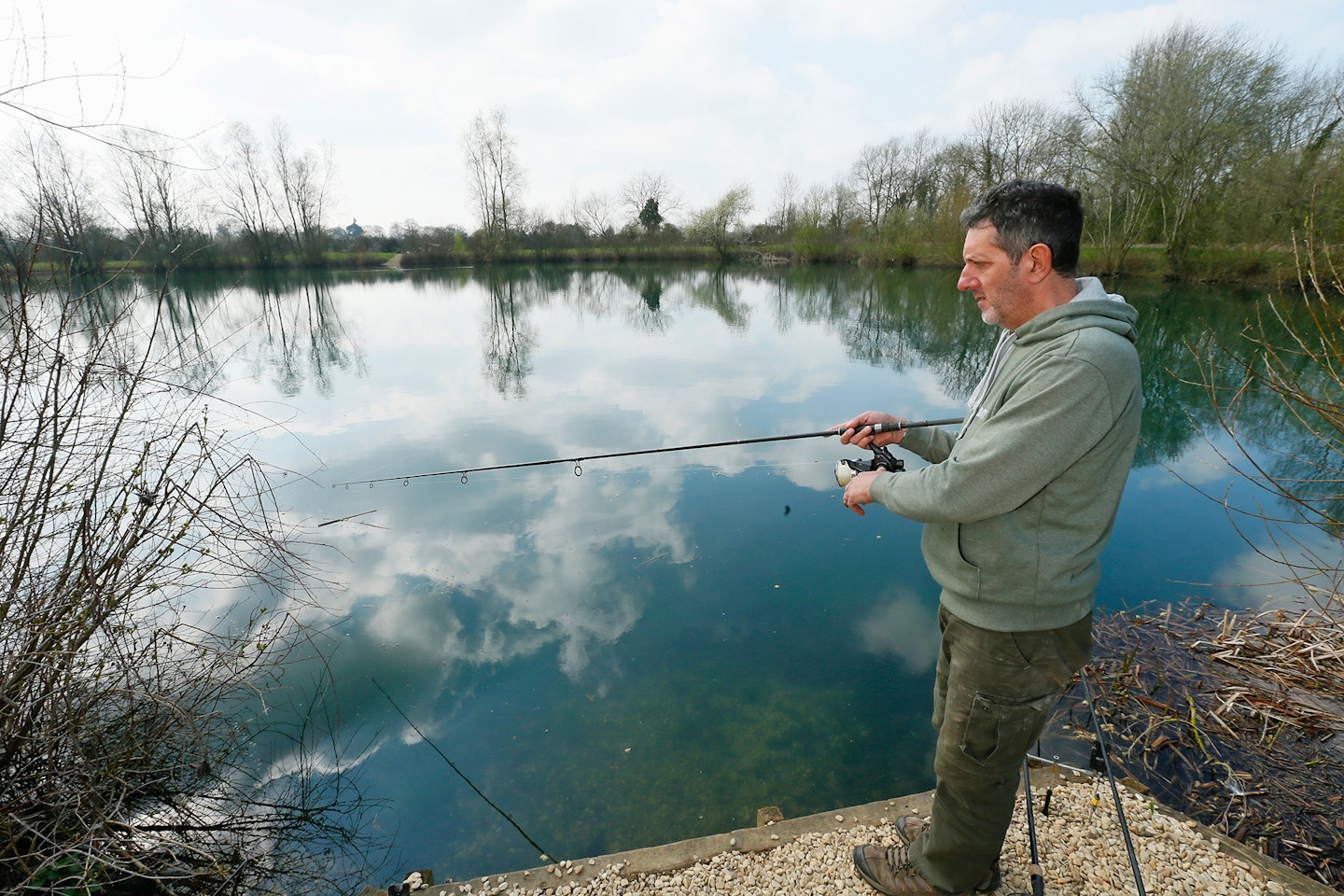Discovering the fish-holding features in your lake is one of the most crucial aspects of catching specimen fish of all species. In this article Dai Gribble runs through the key steps to using a marker rod set-up and finding the hotspots and depths you’re fishing in for yourself.
Always use braid
Combined with a fairly stiff rod with a soft tip it is amazing how much you can learn about the bed of a lake simply by drawing a lead across it.
It’s important that you use a braided mainline on your marker rod as it will transmit vibrations to the rod far more effectively than mono. It’s these vibrations which help you determine the material on the bottom you’re going to be fishing over and, with practise, will tell you the difference between gravel, sand, silt, and weedy areas.
Braid is also low diameter so will cast further, allowing you to map your whole swim properly. If it isn't too weedy, I like to use a marker, if it is a plain lead will suffice for finding features on a lakebed.
THERE ARE SOME GREAT VENUES OUT THERE TO TARGET A RANGE OF SPECIES, CHECK OUT OUR WHERE TO FISH GUIDE FOR MORE.

Use a buoyant marker and big lead
When using a float, use a buoyant one as it will be less affected by drag on the braid and any weed in the swim, ensuring it will pop up to the surface more easily.
Using a big lead prevent the buoyant float moving the lead. If the lead gets dragged back without you realising it you will end up fishing short of the spot you intended.
I like to use two beads between the float and the lead as I have found the extra separation reduces the number of tangles when casting.
DO YOU PREFER TO FISH ON RUNNING WATER? CHECK OUT OUR EXPERT FEATURE FINDING GUIDE TO RIVERS!

Feather the cast
As the lead/marker float is about to enter the water you need to feather the cast to help reduce disturbance and tangles.
As they sink through the water follow them down with the rod top, keeping a tight line from the rod to the lead as this will give you an idea of the depth and what the bottom is like.
A solid thump as it lands indicates a firm lakebed; a softer landing is likely to be soft silt or weed. In really thick weed you may not actually get any indication of the lead hitting the bottom.
SPOD RODS MAKE GOOD MARKER RODS, CHECK OUT OUR BUYER'S GUIDE FOR SOME OF THE BEST AVAILABLE.

Stand side on
When exploring the lake for features I find it easier to stand side on after casting and draw the rod towards the bank covering a rod length at a time. Draw the rod sideways and wind in at the end of each pull. As you pull the lead back you will get different sensations coming through the rod depending on the type of lakebed.
Gravel is unmistakable with a real vibration juddering the rod top, whereas over silt the lead comes in smoothly and steadily.
Weed will be smooth and then suddenly stop and only move again as you increase the pressure.
ACCURATE BAITING IS THE KEY TO SUCCESS, CHECK OUT THE BEST SPODS AND SPOMBS.

Measure the depth
To measure the depth using a marker float gently wind the float down to the lead and then release line from the reel in a controlled manner either using a baitrunner or by slackening the clutch.
Most marker rods have marked area of whipping a foot from the reel face to allow you to measure line a foot at a time. Some have a second marker at 2 feet, if not you can add a mark very easily using electrical tape. I tend to let out 2 feet at a time, as it is quicker.
Keep an eye on the water for the float appearing and record the depth just as the float breaks the surface.

Explore thoroughly
I like to explore thoroughly rather than find the first feature that might be attractive to fish and start fishing. By casting to the sides of any feature you can build up a picture of its size and general shape.
Is it a small hump or a long gravel bar, how thick is the weed beside a clear area? The more detail you can find the more likely you are to pick the right spot to place your baits, especially on longer sessions.

